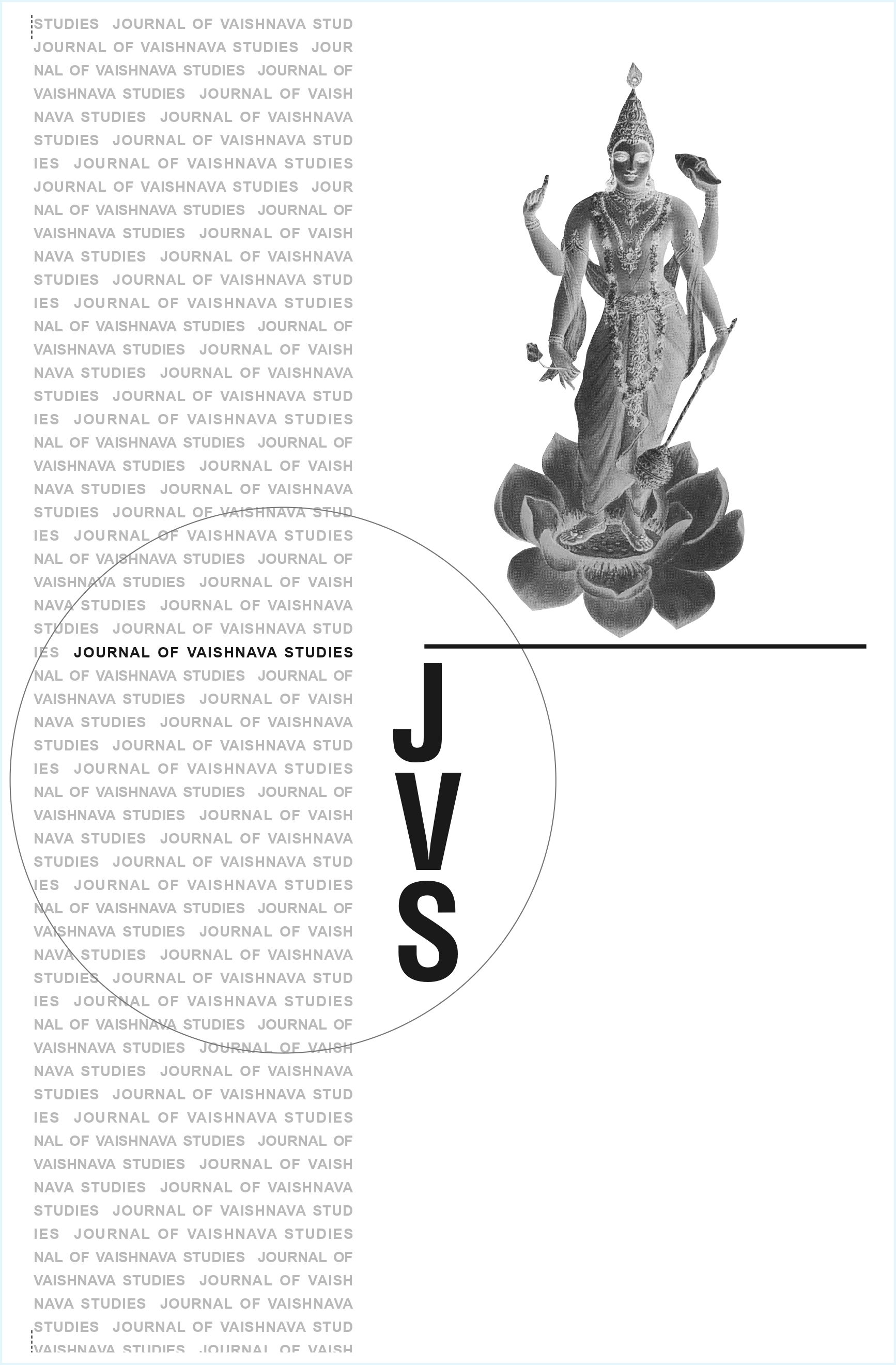Book Reviews
Keywords:
Bhaktirasāmṛtasindhu, Rūpa Gosvāmin, Gauḍīya Vaiṣṇavism, bhakti-rasa, devotional aesthetics, Sanskrit translation, Caitanya tradition, rasa theory, Hindu theologyAbstract
The review of The Bhaktirasāmṛtasindhu of Rūpa Gosvāmin, translated by David L. Haberman and reviewed by Rebecca J. Manring, offers an appreciative and scholarly assessment of Haberman’s meticulous translation of this foundational Gauḍīya Vaiṣṇava text. Manring emphasizes the volume’s usefulness for both practitioners and scholars, particularly highlighting its bilingual format with Sanskrit verses alongside lucid English translations. Haberman’s work is lauded for making Rūpa Gosvāmin’s sophisticated devotional aesthetics—centered on bhakti-rasa—accessible to modern readers while preserving theological depth. The review traces the historical and theological significance of Bhaktirasāmṛtasindhu, contextualizing it within the wider Gauḍīya tradition founded by Caitanya Mahāprabhu. It recounts how Rūpa and Sanātana Gosvāmins were commissioned to codify the movement’s philosophical core, especially after their turn from political service under a Muslim ruler to a life of renunciation and devotion. Manring points out that Haberman deftly introduces the reader to the complex rasa theory Rūpa developed—adapted from classical Sanskrit aesthetics—and notes his skillful use of commentarial sources and theological clarifications throughout. While the review praises the clarity and scholarly apparatus of the work—particularly its footnotes, glossary, and sensitivity to Gauḍīya nuance—it also mentions some missed opportunities in explicating rare epithets and deeper poetic resonances. Still, Manring concludes that Haberman’s translation fills a crucial gap in the study of bhakti theology and stands as a landmark contribution.Downloads
Published
2025-07-04
Issue
Section
Book Reviews





